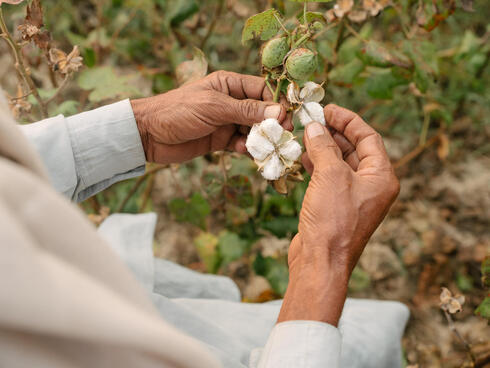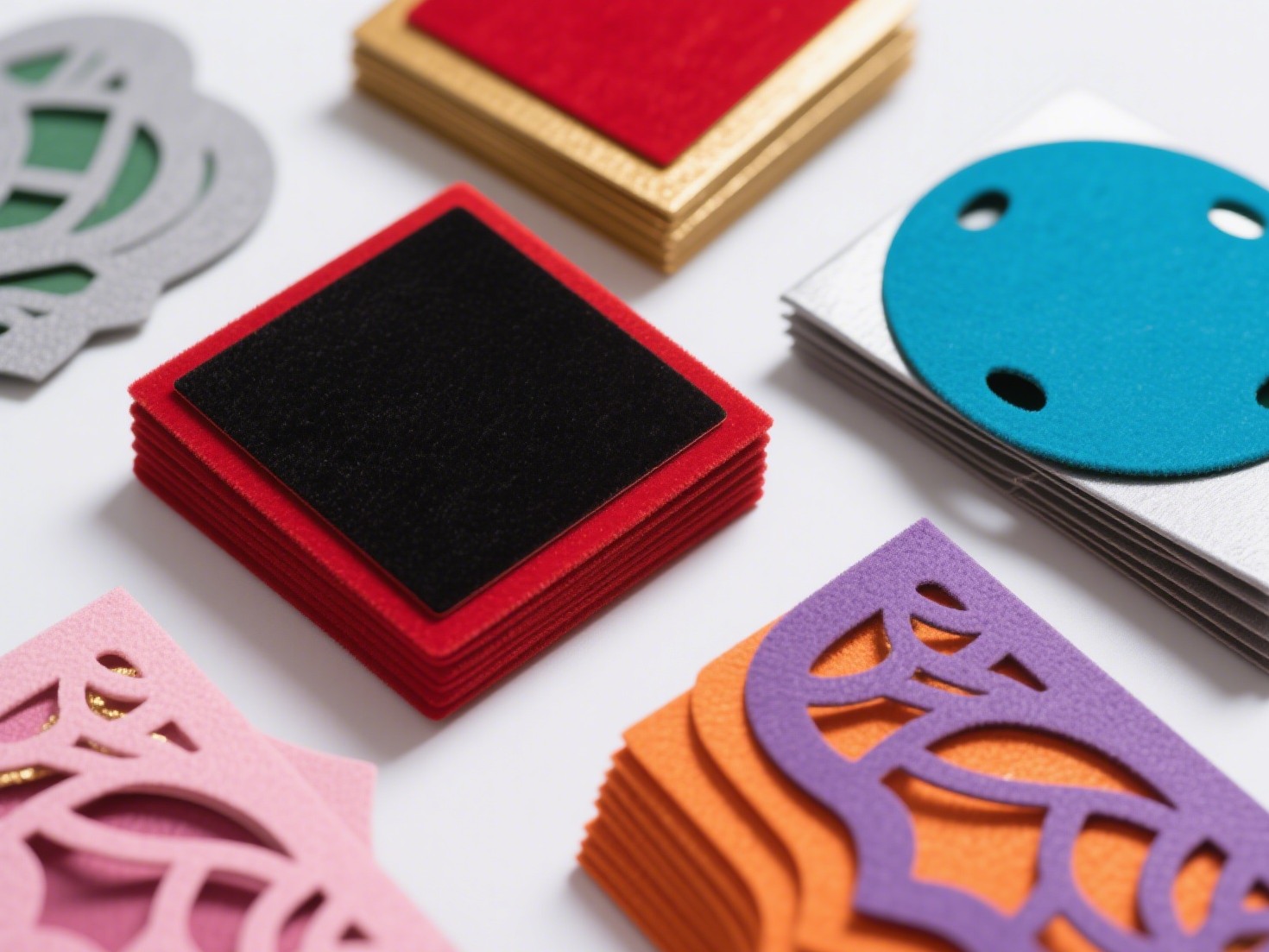Unraveling the Cost Factors of 100% Cotton Fabric: A Comprehensive Analysis

When it comes to fabric choices, cotton has always been a popular and versatile option. However, one question that often arises is whether 100% cotton fabric is expensive. In this article, we will delve into the various factors that contribute to the cost of 100% cotton fabric, providing you with a comprehensive analysis that considers both the industry dynamics and the consumer perspective. By understanding these factors, you will be better equipped to make informed decisions when it comes to purchasing cotton fabric.
- Raw Material Sourcing:
The cost of 100% cotton fabric is influenced by the sourcing of raw materials. Cotton is grown in different regions worldwide, and factors such as climate, soil quality, and labor costs can impact the price of cotton fibers. Additionally, the use of organic or conventional farming methods can also affect the cost. Organic cotton, which is grown without the use of synthetic pesticides or fertilizers, tends to be more expensive due to the higher production costs involved. - Manufacturing Processes:
The manufacturing processes involved in transforming cotton fibers into fabric can significantly impact the final cost. Cotton fabric undergoes various stages, including ginning, spinning, weaving or knitting, and finishing. Each of these processes requires specialized machinery, skilled labor, and energy consumption, all of which contribute to the overall cost. Additionally, the use of advanced technologies or sustainable practices in manufacturing can also influence the price of the fabric. - Quality and Characteristics:
The quality and characteristics of 100% cotton fabric play a crucial role in determining its price. Factors such as thread count, yarn quality, and fabric density can affect the overall feel, durability, and appearance of the fabric. Higher-quality cotton fabrics, such as long-staple cotton or Egyptian cotton, are often more expensive due to their superior softness, strength, and longevity. Additionally, specialized finishes or treatments, such as mercerization or garment dyeing, can also add to the cost. - Market Demand and Supply:
Like any other product, the price of 100% cotton fabric is influenced by market demand and supply dynamics. Fluctuations in global cotton production, changes in consumer preferences, and shifts in fashion trends can all impact the availability and pricing of cotton fabric. During periods of high demand or limited supply, the price of cotton fabric may increase. Conversely, when there is an oversupply or reduced demand, prices may decrease. - Branding and Retail Markup:
The brand value and retail markup associated with 100% cotton fabric can also contribute to its overall cost. Established brands with a reputation for quality and craftsmanship may command higher prices for their cotton products. Additionally, factors such as marketing expenses, distribution costs, and retailer profit margins can influence the final price tag. It's important to consider these factors when comparing prices across different brands and retailers.
Conclusion:
In conclusion, the cost of 100% cotton fabric is influenced by a multitude of factors, ranging from raw material sourcing and manufacturing processes to quality, market dynamics, and branding. By understanding these factors, consumers can make informed decisions based on their budget, preferences, and desired quality. Whether you're a fashion enthusiast, a home decorator, or a textile industry professional, this knowledge will empower you to navigate the world of cotton fabric with confidence.
